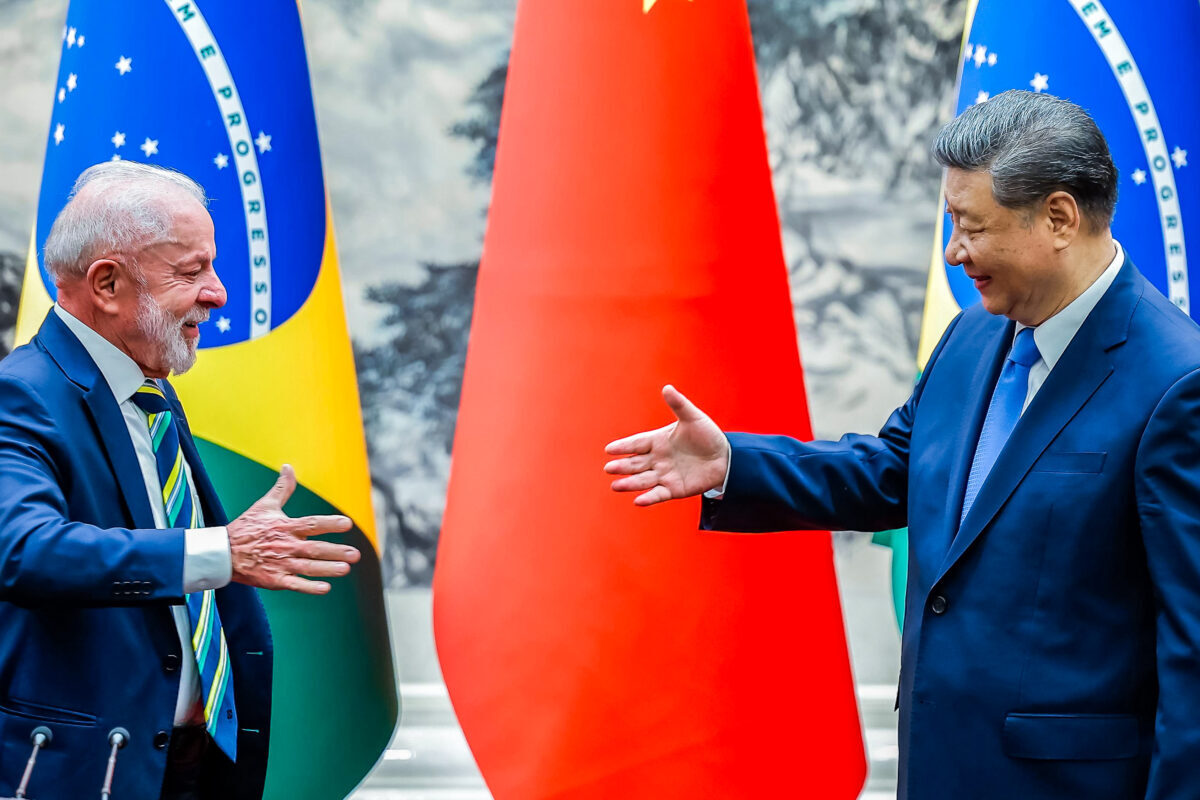Brazil is a country shaped by highways. The transportation model adopted by President Juscelino Kubitschek in the 1950s has been expanded by successive administrations across the political spectrum since then, involving substantial investments in road construction, maintenance and incentives for the automotive industry. This long-standing preference for cars, buses and trucks contributed to the decline and eventual scrapping of Brazil’s railway system. Experts say this philosophy helped increase logistics costs in Brazil, a country with continental proportions and long distances. Several officials have pledged to rebuild the railway system and lower shipping costs, but these promises faded as railroads proved expensive and often not lucrative for private investors. This explains why President Luiz Inácio Lula da Silva’s administration is so enthusiastic about the plan to build a 3,000-kilometer (1,864-mile) railway using Chinese technology and funding, connecting the Atlantic and the Pacific. This new megaproject is a central piece of Brazil’s infrastructure strategy to streamline the export of agricultural and mineral commodities to China via Pacific ports, cutting shipping times by up to 10 days compared with the current route across the Atlantic. Brazilian officials also view the railway as an opportunity to expand exports, promoting hundreds of other products in the Asian market. Ferrovia de Integração Oeste-Leste (Fiol 1) em Sussuarana/BA – (02/09/2021). Image courtesy of Vinícius Rosa/Governo Federal. In May, Brazilian and Chinese authorities, including Presidents Lula and Xi Jinping, discussed the proposed rail link connecting Brazil’s Ilhéus Port on the Atlantic coast to Peru’s new Pacific-facing Chancay Port,…This article was originally published on Mongabay
From Conservation news via this RSS feed


